The Android world loves a good cat-and-mouse chase, and this latest chapter between Google and the developer community delivers exactly that kind of drama. Google's October 2025 update took direct aim at a popular workaround that enabled VoLTE and VoWiFi features on Pixel phones in unsupported regions, according to Android Authority. But here's the thing about determined developers: they don't give up easily. The resourceful creator behind the Pixel IMS app has already crafted a clever solution that sidesteps Google's security patch, proving once again that where there's a will and technical know-how, there's usually a way.
Google classified the original exploit as a high-severity vulnerability, essentially a threat that could allow unauthorized system access. That label hints at a broader tension we keep seeing across tech. Companies are prioritizing enterprise-grade controls over individual customization, which changes how we talk about device ownership and control.
Why this VoLTE workaround mattered so much
Let's break down why this app became such a big deal. The Pixel IMS application filled a real gap for users who were stuck without essential calling features. Reports reveal that a Korean developer released the original app in early 2023, targeting Pixel owners who couldn't access VoLTE and VoWiFi on their carriers.
Here's where the carrier politics get messy. VoLTE routes voice calls over 4G LTE connections while VoWiFi handles Wi-Fi calling. Sounds straightforward, right? The problem is that carriers keep strict device whitelists, they only permit these features on phones they've sold or officially tested. The result, a perfectly capable smartphone can't use modern calling features simply because it wasn't purchased through the approved channels.
The tool caught on with travelers, expats, and people in regions with limited carrier support because it sidestepped that gatekeeping. The app overrode the carrier verification process that Android normally performs, giving users control over features their hardware already supported. It's like buying a car with GPS built in, then being told the dealer won't flip the switch unless you also buy their extended warranty.
How Google's security patch broke everything
Google's October 2025 update did more than the usual display or UI fixes. The company launched a surgical strike at the Pixel IMS workaround, a move that shows how precisely modern patches can target specific behavior.
The technical heart of it reveals Google's security philosophy in action. The patch targeted the app's method of leveraging Shizuku, an open-source tool that lets apps run with elevated "shell" user privileges. Think of the shell user as having special testing and debugging permissions that Google normally reserves for development.
Google's fix zeroed in on the overrideConfig API, a powerful internal function that can modify carrier configurations inside Android's telephony framework. Instead of ripping this capability out entirely, which would break legitimate tools, Google added a targeted check that blocks access when calls come from the shell user. Users knew something changed the moment their apps started crashing with the telling error: "overrideConfig cannot be invoked by shell."
Analysts say that by classifying this as CVE-2025-48617, a high-severity privilege escalation vulnerability, Google signaled that any unauthorized system-level modification is a potential security threat. That isn't just jargon. It is a policy statement about who gets to control Android devices and how.
The developer's ingenious workaround emerges
Here's where things get interesting. Rather than accepting defeat, the developer pulled off what amounts to a shell game with Android's internal architecture. The new method bypasses Google's restriction by "laundering" the API call, launching an Instrumentation component to make the carrier configuration change on behalf of the app.
This sleight of hand works because the system no longer sees the call as coming from the restricted shell environment. It is like asking a friend to buy the item for you when the store refuses to sell directly, technically different, functionally the same. The workaround shows not just coding talent, but a deep feel for how Android's permission system can be navigated when official paths are blocked.
There is a catch. This architectural pivot brings limits that tie directly to the new method's constraints. The updated workaround currently restores VoLTE only and cannot enable VoWiFi. That is not an oversight. It comes from how those laundered calls interact with different parts of the telephony stack.
Users who want full functionality now face a blunt choice: either root their devices, risking warranty issues and breaking some security features, or wait for Google to expand official carrier support. That decision tree shows how security measures can steer people toward more extreme modifications.
What this means for the future of Android customization
This technical skirmish points to bigger questions about platform control. Google's targeted patch reveals a refined approach to platform management. Instead of broadly locking down the system, the company applies precise strikes against use cases it considers problematic.
Analysts suggest the company could go further by removing the MODIFY_PHONE_STATE permission from the shell app entirely, creating a killswitch for this whole category of workarounds. That would treat user modifications not as part of Android's openness, but as security risks to be eliminated piece by piece.
Critics argue these restrictions undercut Android's image as the open alternative to iOS's walled garden. The irony is hard to miss. Google promises seven years of updates for newer Pixels, yet those updates lean toward enterprise security protocols over the customization that drew many to Android in the first place.
This shift echoes what industry watchers call fortified ecosystems, platforms designed to guard against vulnerabilities that could be used in cyber threats. The snag is that legitimate user needs, like enabling calling features on imported devices, get caught in the same net meant to stop malicious activity.
The cat-and-mouse game continues
What makes this round particularly telling is how tightly Google calibrated its response. The technical changes seem tuned to the Pixel IMS app, not to the broader question of shell access to carrier configurations. That surgical approach suggests Google views this specific workaround as uniquely troublesome, while leaving many underlying system capabilities intact.
The developer community's response shows how strong the demand is for carrier-independent access to basic phone features. Enthusiasts keep trading ideas across Reddit and XDA Forums, with threads covering multiple Pixel generations and highlighting how widespread these carrier restrictions are. These efforts are not just about clever code. They are about asserting control over devices people actually own.
The October update shifted the balance between official support and user-driven solutions, creating a new landscape where each workaround must be more sophisticated than the last. Whether Google keeps escalating or finds a way to accommodate legitimate use within its security model remains the defining question for Android's future.
One thing is certain: if this latest workaround gets patched, someone in the developer community will already be working on the next clever solution. The real question is whether this chase ultimately strengthens Android through hard-won innovation, or chips away at the openness that made it compelling in the first place.





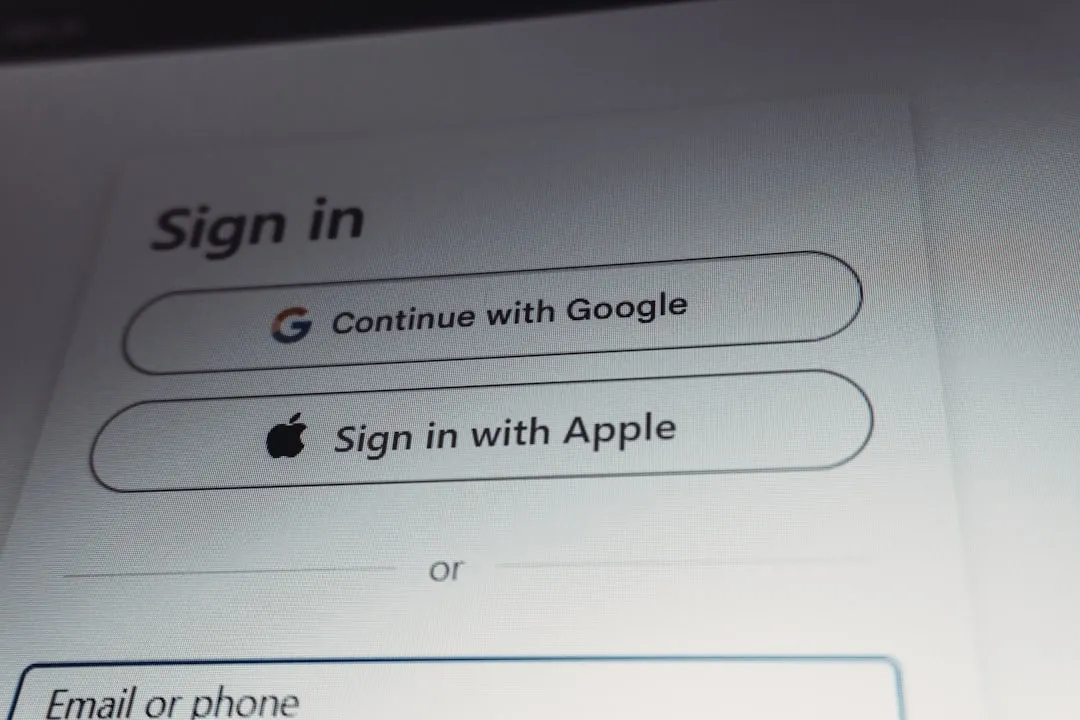

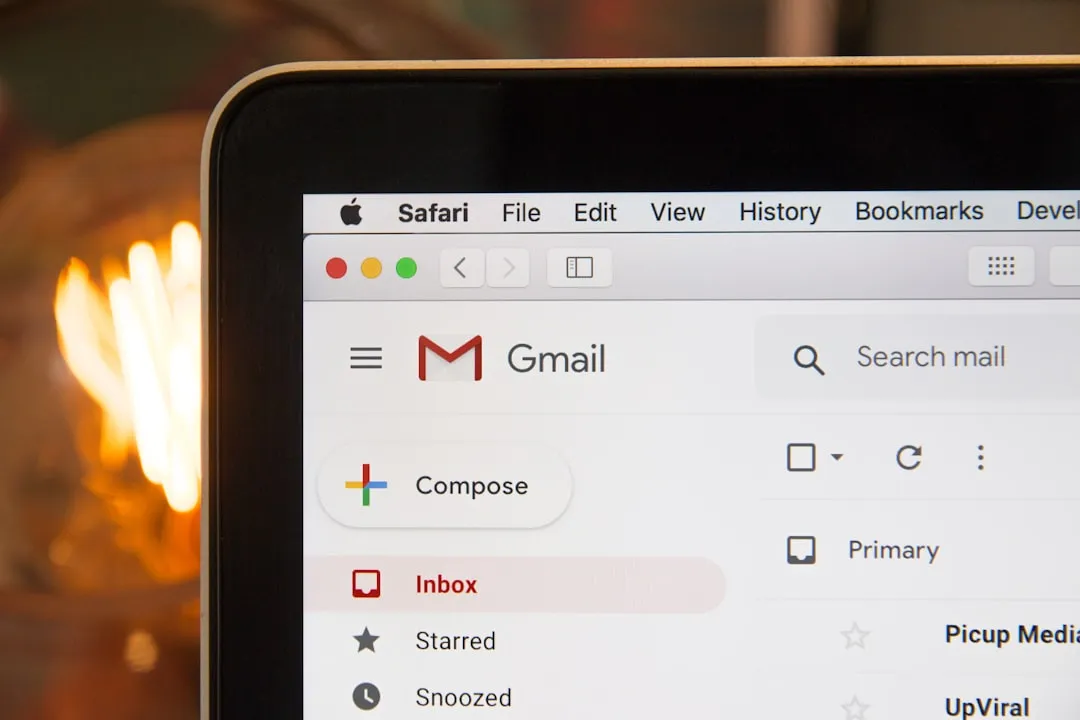



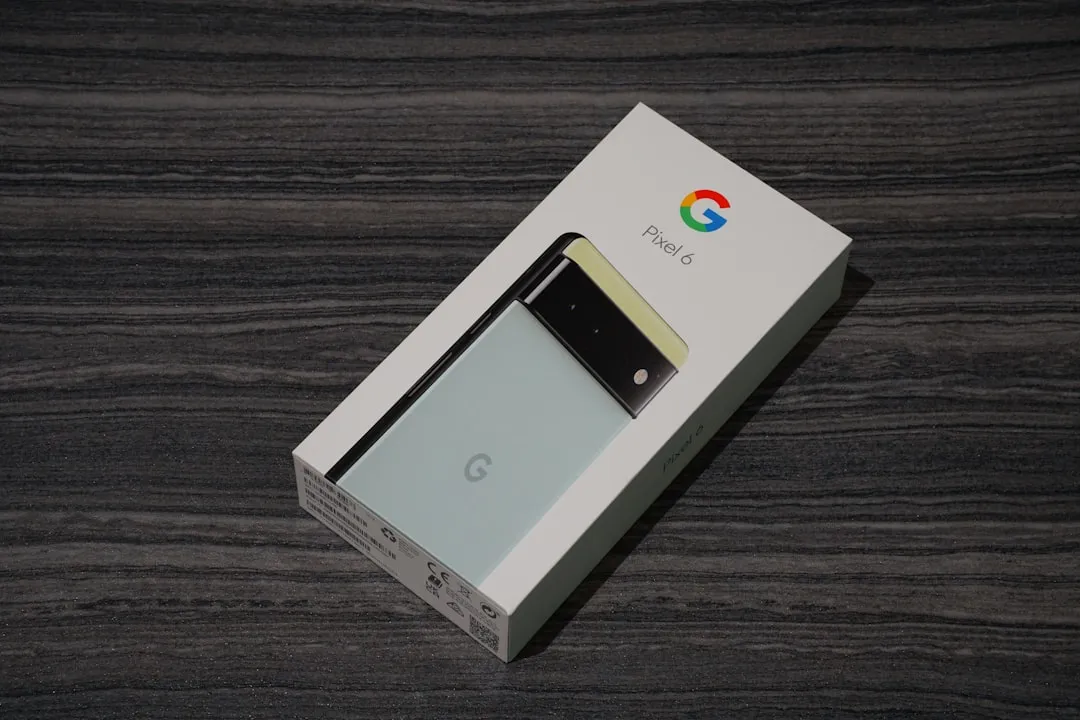

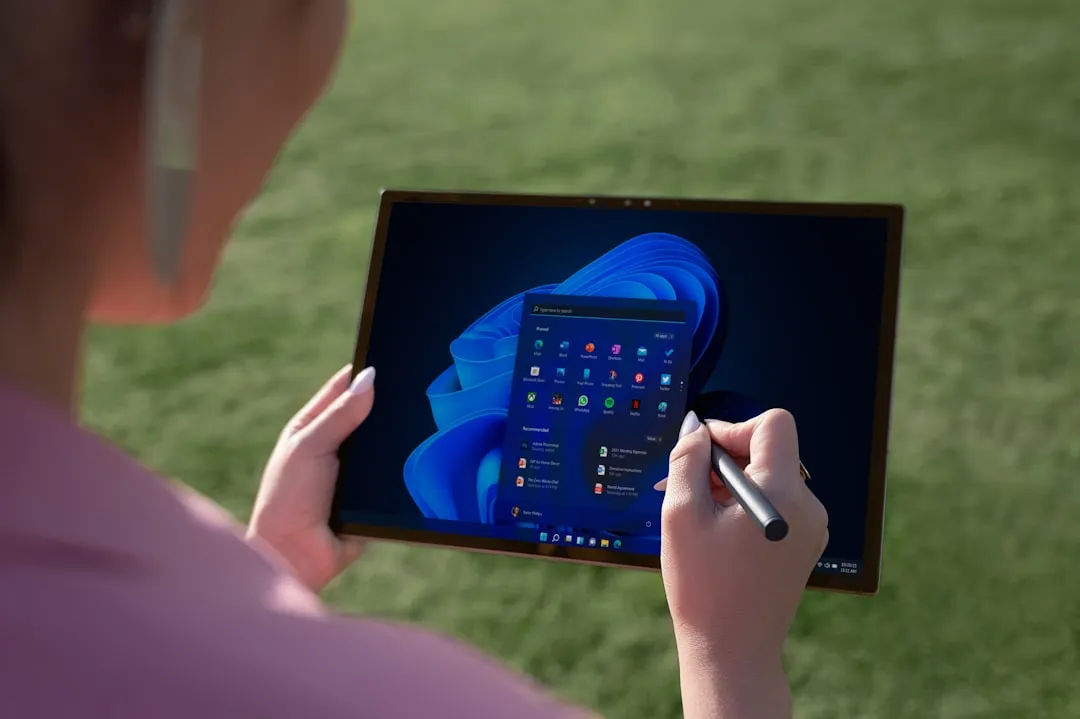





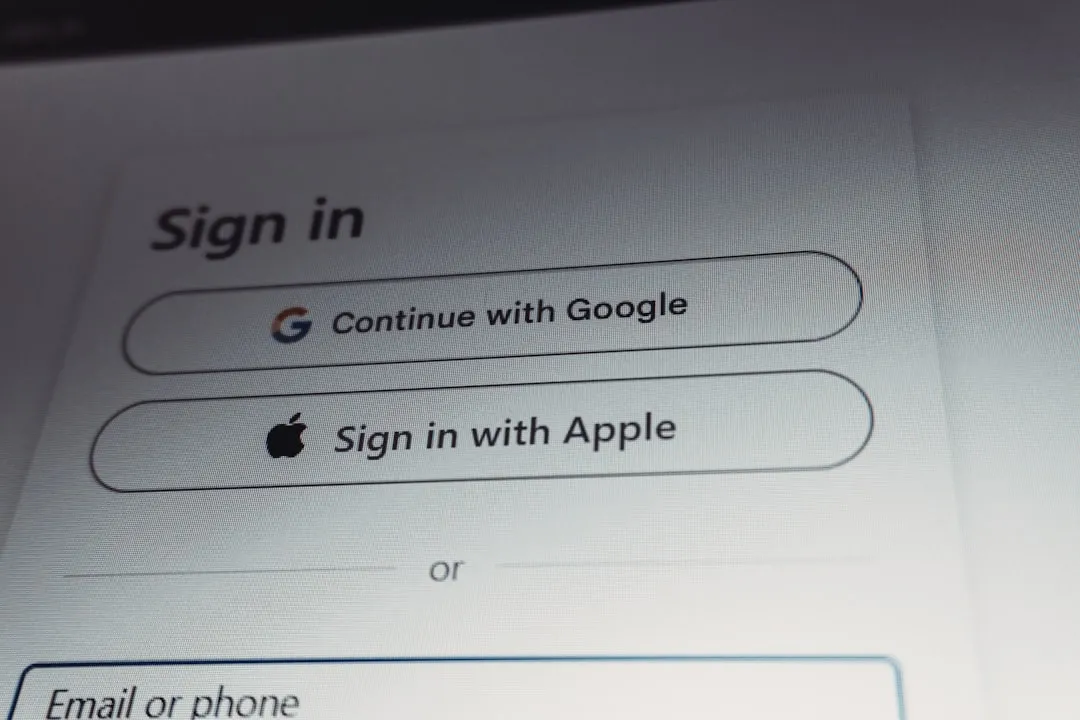
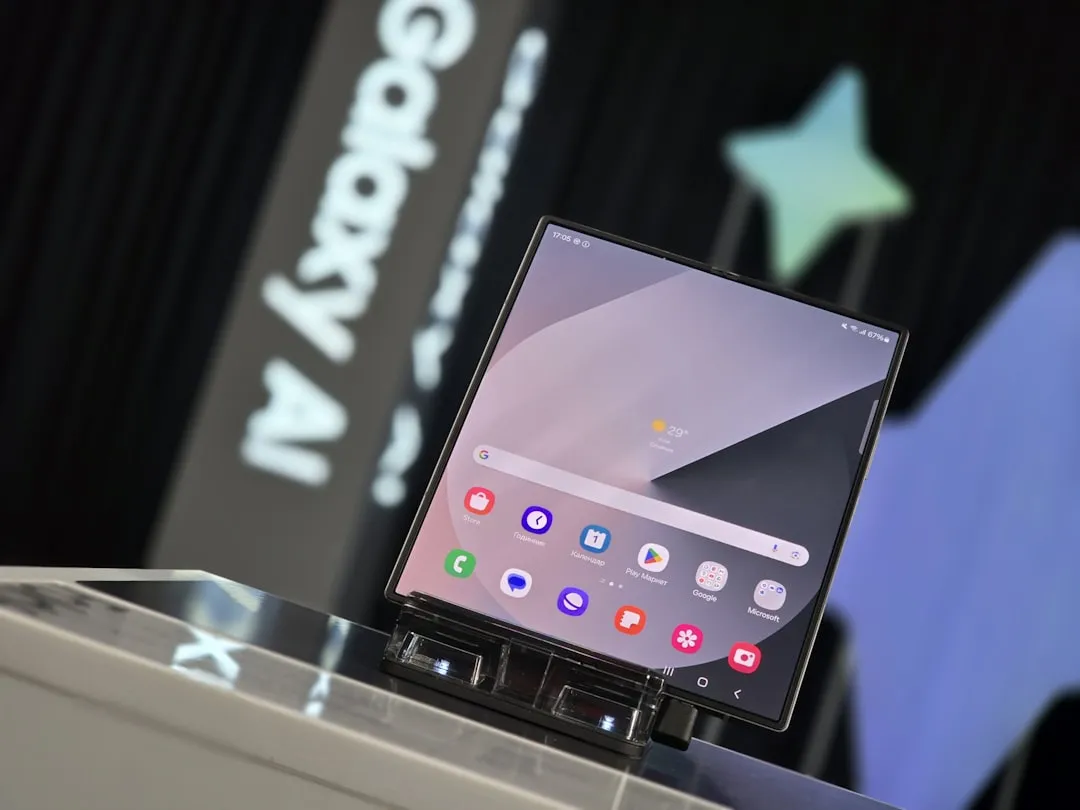



Comments
Be the first, drop a comment!